
The post-90s in China refer to the youth among 16 to 25 years old born in the 1990s which are the first generation accessing the internet from childhood, and have formed different consumption habits with their parents.
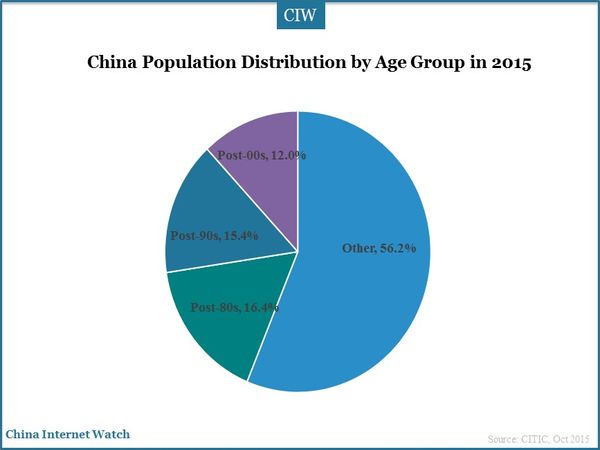
211 million Chinese post-90s make up 15.4% of the total population in China according to National Bureau of Statistics and 29.5% of the population are over 15 years old based on a ComScore report in 2014. Compared to other regions, the ratio of post-90s population in mainland China is higher.
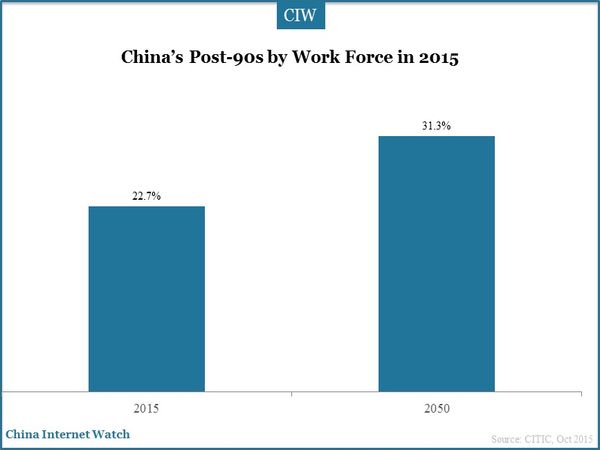
The post-90s in China will reach 22.7% of the population aged from 15 to 60 years old in 2015 and is expected to reach 31.3% by 2050 according to data from United Nations. The post-90s will be the driving force of China’s future development and consumption.
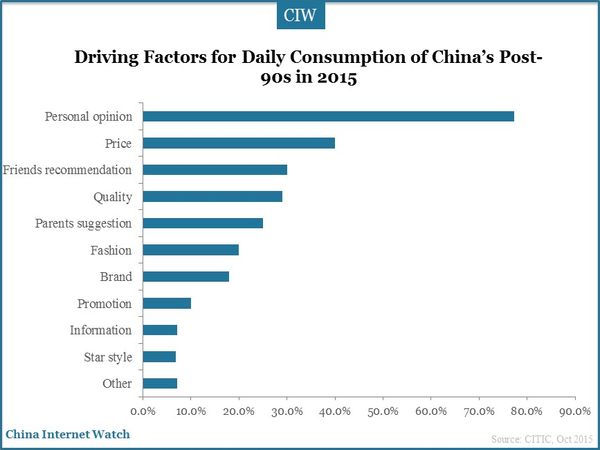
The post-90s have formed unique shopping habits which are totally different with the post-80s or post-70s. The post-90s are more independent that 77.3% will purchase goods basing on their own opinions and only about 50% will purchase for quality. Fashion, brand, and promotions have less impact on the post-90s.
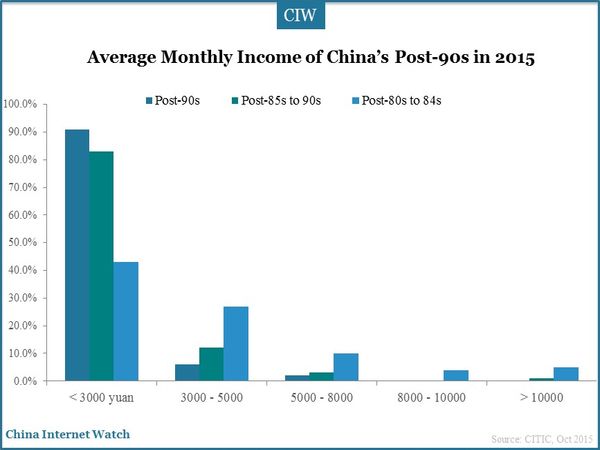
At present, although the majority of post-90s are still in school, most of them will begin to work and gradually become the main force of consumption power in the next five years. The current monthly income of 91.1% post-90s is less than 3,000 yuan (US$470.55) according to a job hunting website Zhaopin.com while it may achieve a substantial growth after 5 to 10 years.
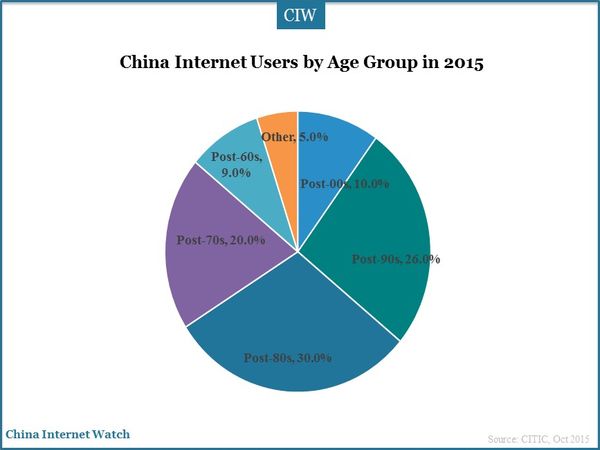
The post-90s’ average age of internet experience is 7.53 years and the daily usage time is 11.45 hours per person on average in 2014 according to Baidu. Data of CITIC show that the post-90s accounts for 26% of China internet users in 2015.
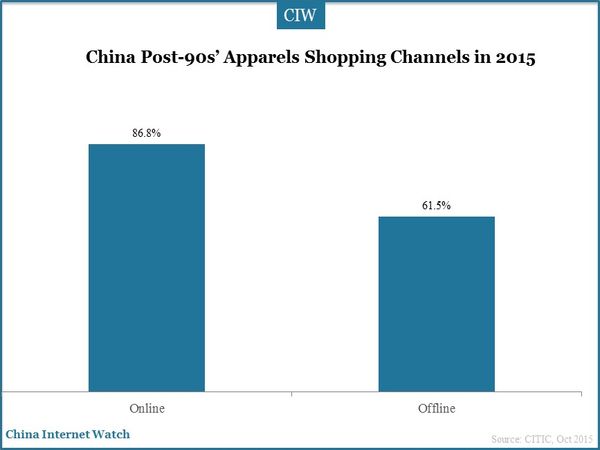
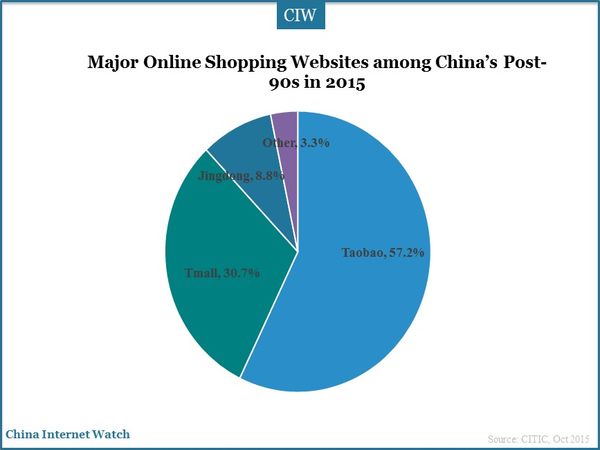
The post-90s pursue personality and uniqueness. Owing to limited economic levels, 86.8% post-90s have to shop online to reduce cost on clothes and bags. Taobao, Tmall, and Jingdong are the most popular online shopping platforms among the post-90s: Taobao accounts for 57.2% of the market share; Tmall 30.7%, and Jingdong 8.8%.
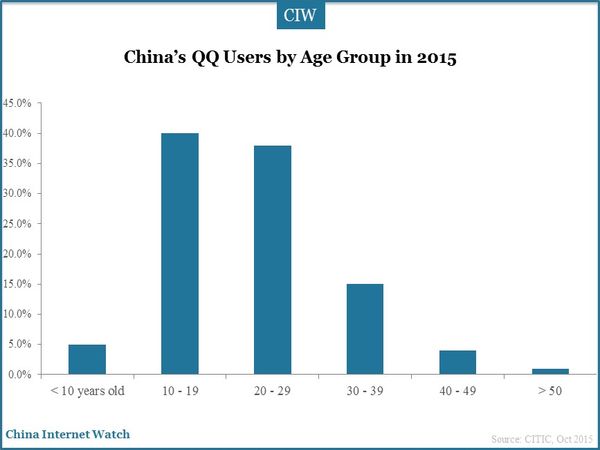
Almost everything can be used for entertainment for the post-90s and entertainment is very important part in their lives. The post-90s join in groups to interact with friends and make new friends sharing common interests.
The post-90s are the largest age group of many instant messaging apps, such as mobile QQ, Weibo, WeChat and so on. 39.4% of the post-90s use social apps to communicate with their friends; 28.9% use for leisure and entertainment, and 8.9% to keep in contact with their families.
The post-90s are more social and prefer new and interesting things. They have stronger consumption desires and excessive spending consciousness; credit cards and financial products gain much popularity among them, and they prefer new advertising methods rather than traditional marketing ways. To obtain the post-90s, companies must have a clear understanding of what they like and what they dislike.
Also read: 55% China Online Shopper Are Male